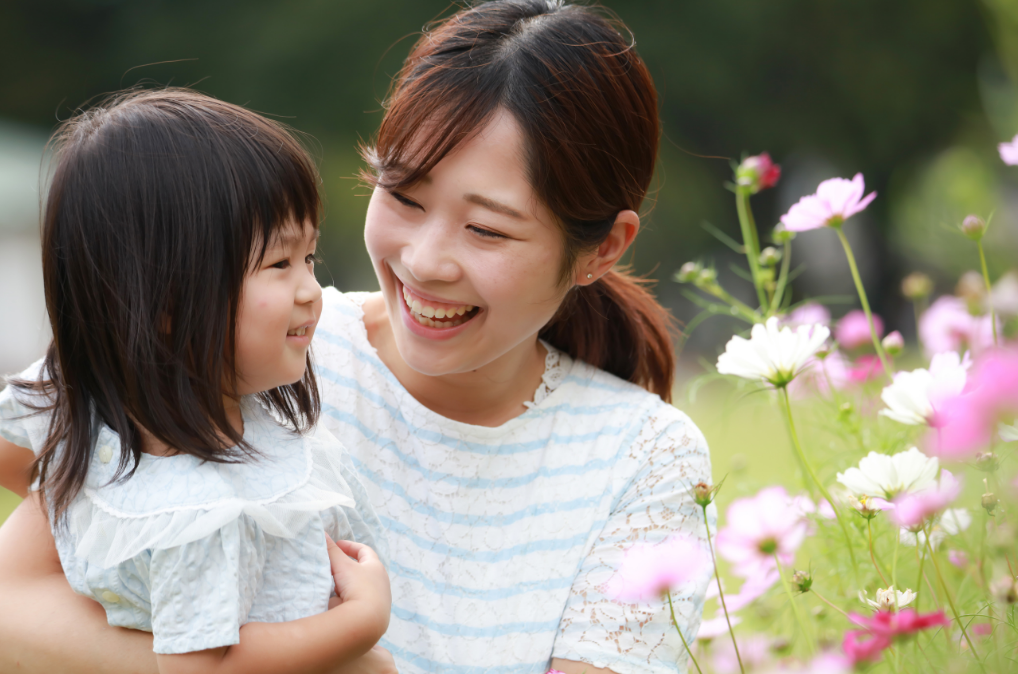Promoting Early Language With Your Child Utilizing Joint Attention
Most language facilitation strategies focus on helping your child begin to talk. Parents are ultimately hoping for verbal communication first, so we do everything in our power to encourage the use of words. But, what if we told you there is more to communication than just the use of words?
In fact, there are numerous preverbal (before talking starts) and nonverbal communication skills that speech therapists look for before we would ever expect a child to even start talking. One of the most important and foundational communication skills is joint attention.
“Sharing of an Experience”
Joint attention refers to the sharing of an experience between a child and a partner. When your child looks at you, stares at a cookie on the table and then looks back at you, you are experiencing joint attention. Your child is using eye contact, or nonverbal means of communication, to let you know that they want that cookie!
If you are waiting on speech to come and don’t quite understand why your child is not talking yet, take a closer look at joint attention! They may be starting with those early communication skills that are so important before words actually develop.
Let’s dive deeper into more details on what joint attention really is and explore some tips and tricks to try at home to help your child develop this social communication skill.

What does Joint Attention Look Like with Children?
Joint attention involves looking at a person and…
- – Playing peek-a-boo
- – Pointing to a desired toy
- – Taking turns, such as rolling a ball back and forth
- – Reaching up to be picked up by a caregiver
- – Directing a partner’s hand towards an item that the child wants
- – Holding up a closed container for help
- – Looking at a book together
For each of the above examples, eye contact must be established in order for it to be considered true joint attention. For example, if a child directs your hand towards an item without looking at you, this is not considered joint attention.
Tips to Teach Joint Attention
- – Bring a desired item towards your face. This will encourage your child to look at you as well as the object that they want.
- – Call your child’s name and wait for them to look at you. Give them a tap if they do not respond to your verbal prompt.
- – Say, “look at me!” or “look” and wait for eye contact before blowing bubbles, throwing a ball, blowing up a balloon, or engaging in any fun and motivating activity. Make sure you give your child at least 5 seconds to respond. Sometimes, waiting as a parent can be difficult, but allowing children that processing time, without verbally asking them again, can be so valuable in them learning this new skill.
- – Work on turn taking. Say “my turn” and “your turn” while stacking blocks, pushing cars or using a shape sorter. This helps create shared moments, which leads to joint attention.
- – Keep desired items out of reach. Give your child a reason to get your attention. Do not help them until they look at you!
- – Imitate your child. Instead of getting them to pay attention to you, start paying attention to what your child is interested in. Copy what your child is doing and follow their lead!
- – Reinforce eye contact. When your child pays attention to you, immediately clap, hug, praise or give high-fives to make joint attention worthwhile, associated with this positive reinforcement and more likely to happen again and again!
We Want to Hear from You!
Joint attention typically develops on its own and, when you pay close attention, you will start to notice moments of shared enjoyment all the time! If this is not the case and you find that your child is always “in his own world” or has trouble connecting with others, reach out to a professional today at Chicago Pediatric Therapy & Wellness Center.
Our skilled therapists can provide more information on this and other early communication skills. We can be reached at 773-687-9241 and we are here to help!



